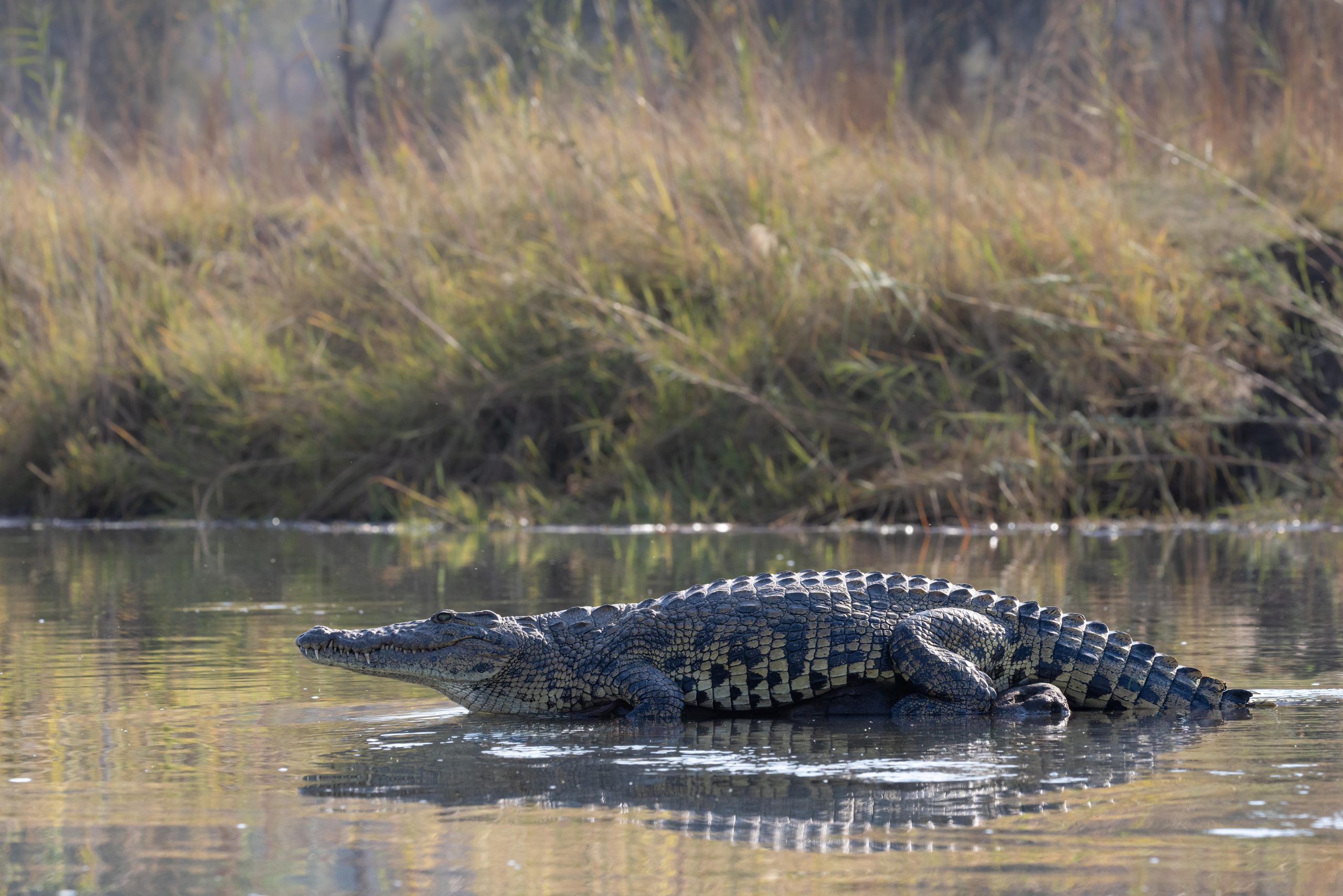Beef exports play an important role in the Namibian agricultural economy, and stringent disease-control measures are therefore in place. The veterinary cordon fence (VCF), also known as the redline, is a stock disease control mechanism that protects Namibia’s beef industry from stock diseases, such as foot-and-mouth and lung sickness.
However, the history of the redline is a controversy that dates back to the early years of Germany’s colonial rule over Namibia. To protect German herds from epidemics, a veterinary cordon fence was introduced in 1897, which resulted in Namibia being divided into a northern and southern part. The fence became known as the redline, because it was printed on maps in red ink. The fence spans the central north of Namibia from the Atlantic Ocean to Botswana.
The redline soon also became a political boundary in German South West Africa. The area south of the redline became known as the area inside the Police Zone, while the area north of the redline became known as the area outside the Police Zone. The implication of this was that the area within the Police Zone was directly under the governing control of the German colonial state, while the area outside the Police Zone was ruled indirectly through a system of appointed traditional authorities. In effect, this boundary separated Namibians living in the north from white settlement areas to the south, although not all indigenous groups of South West Africa lived north of the Police Zone.
Under South Africa’s apartheid rule in Namibia, the redline served not only as a veterinary control, but also acted as a physical barrier restricting the movement of black Namibians north of the line to the south of the line. Through the years, the fence has become an unwelcome reminder of Namibia’s colonial and apartheid past. With Namibia’s independence in 1990 and the growth in exporting beef to international markets since, many of Namibia’s livestock herders have raised their discontent with the continuing existence of the redline, arguing that it denies them the same economic opportunities as those livestock herders living south of the fence.


